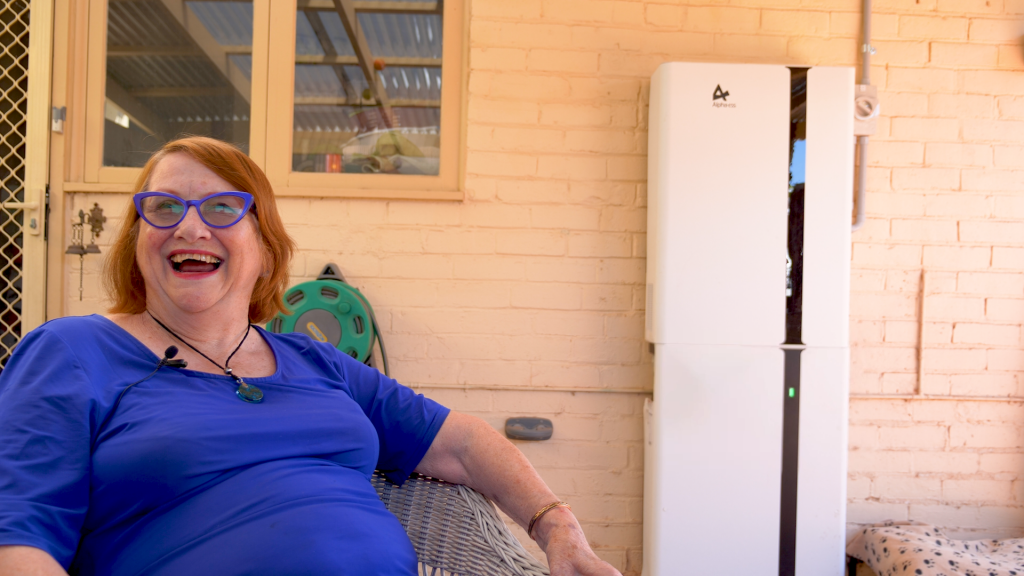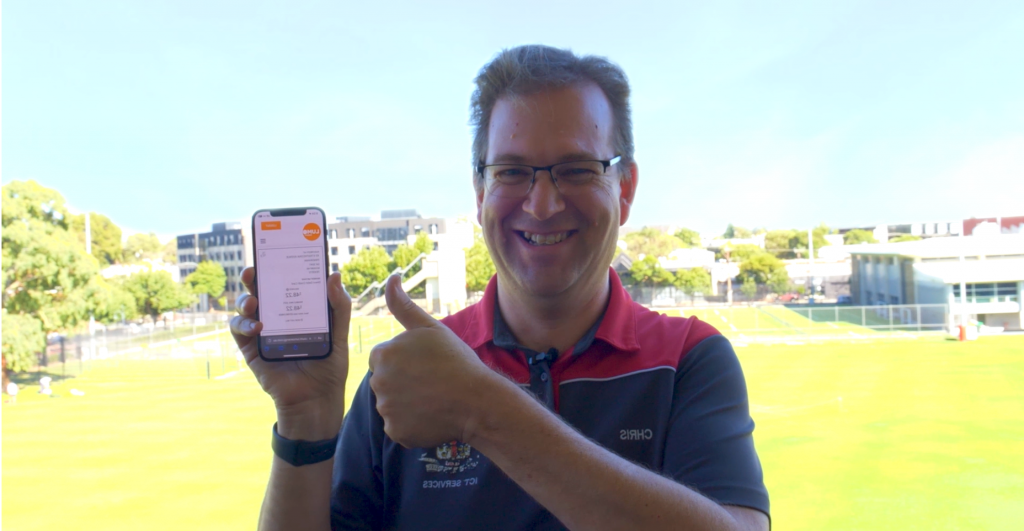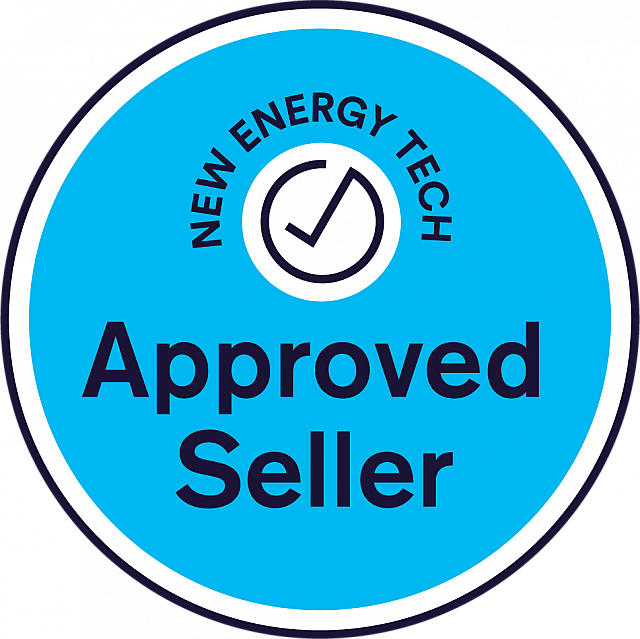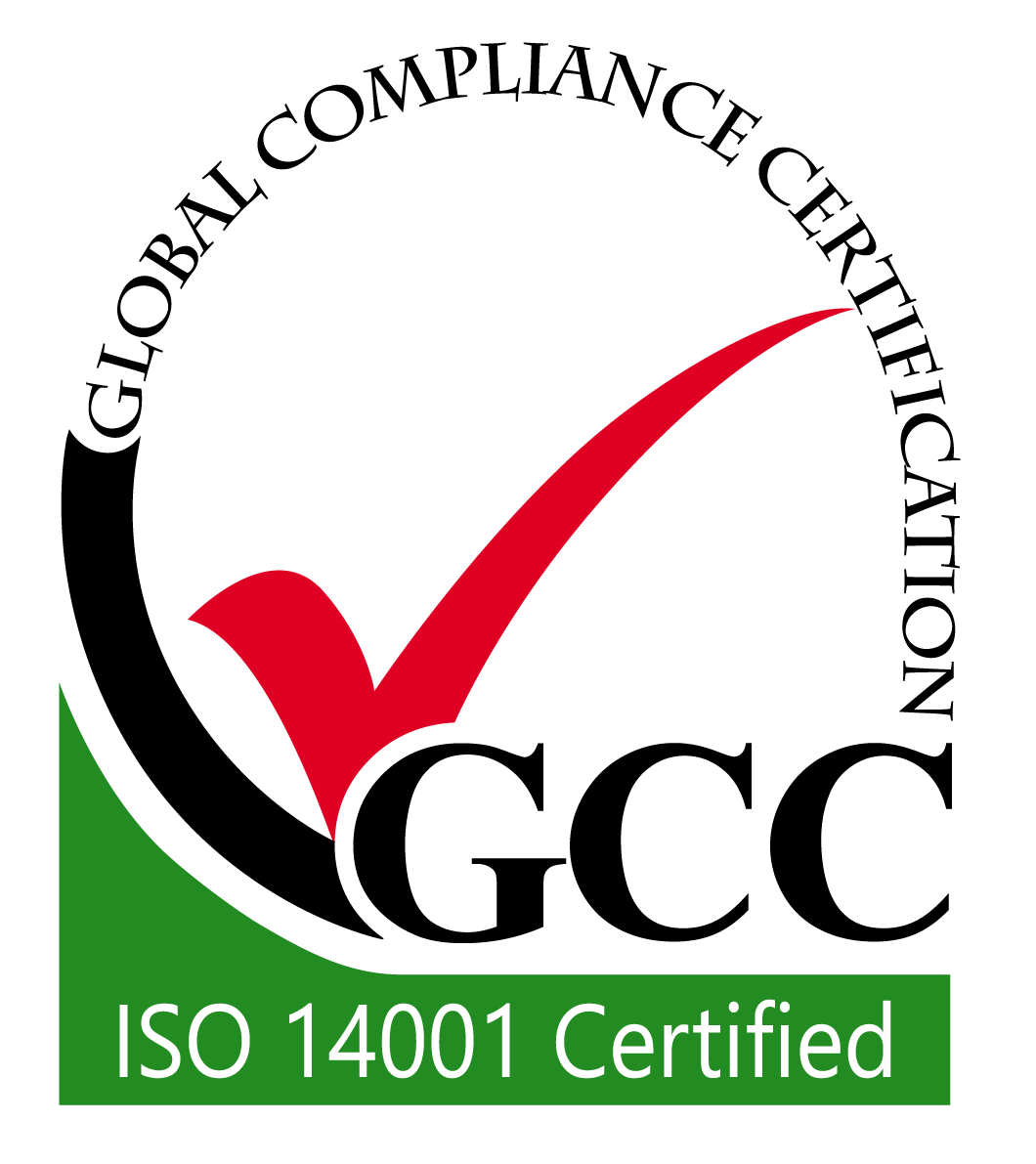- Get a Complete Solar & Battery System for $0 Upfront!
Menu
- Get a Complete Solar & Battery System for $0 Upfront!
Submit your details below and one of our friendly solar experts will be in touch to help you find your ideal solution.
Fill out the form and our solar consultants will be in touch to discuss your solar needs.
With solar panels and a battery, you could save up to 90% on your electricity bills.
| Quarterly totals |
10 years totals |
|
|---|---|---|
|
Staying on
the grid |
$800 | $32,000 |
|
With 90%*
solar savings |
$80
/ quarter
|
$3,200
/ 10 years
|

Power bills $0 /qtr + VPP credits

Power bills $0 /qtr + VPP credits

Power bills $45 /qtr




Copyright © 2021 ShineHub Pty Limited | Privacy & Terms | ShineHub VPP | SA VPP Rebate
Contractors License Number: 305473C | ABN: 72614356302
Enter your details below and our solar consultants will be in touch to discuss your solar needs.
Fill out the form and our solar consultants will be in touch to discuss your solar needs.
Fill out the form and our solar consultants will be in touch to discuss your solar needs.
Enter your details and our commercial energy team will be in touch to discuss your solar needs.
Fill out the form and our solar consultants will be in touch with your offer.
Enter your details below to get access to the free Council Toolkit for Community Solar Programs.
Enter your details and our commercial energy team will be in touch to discuss your solar needs.